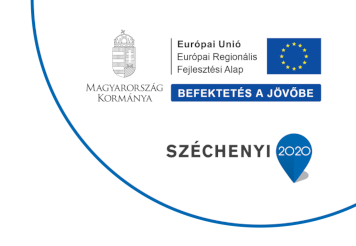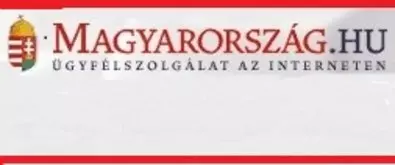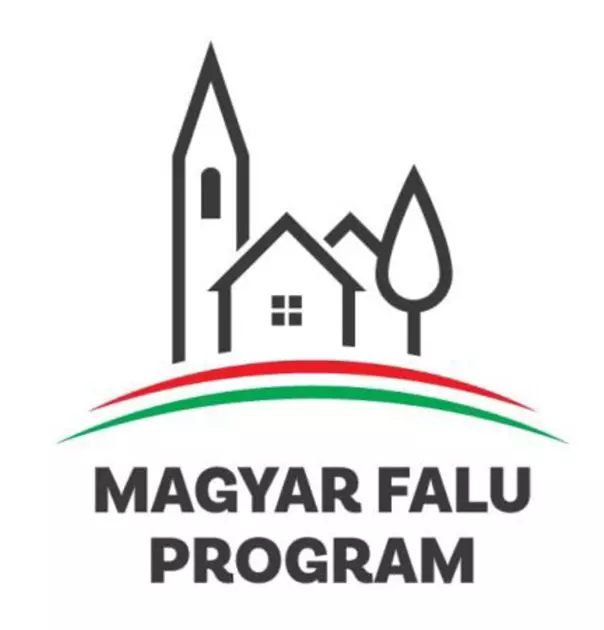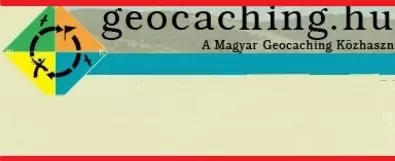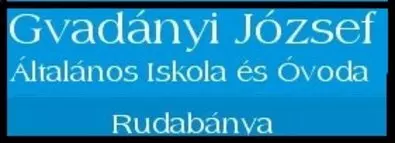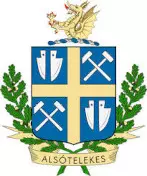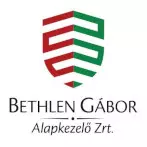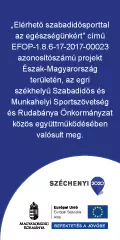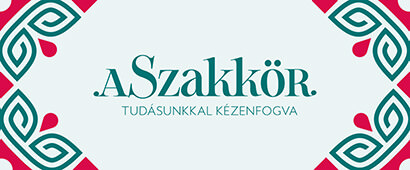Sightseeing
???Rudabánya was first mentioned in writing in 1299 but the settlement existed long before that and it is one of the oldest mining sites in the country. Treasures of the earth – minerals containing copper, lead, silver and iron – have been mined by locals for millennia.
The name of Rudabánya originates from the Old Slavic word ruda, meaning ore or iron ore. The medieval importance of the town is shown by the fact that it received mining town privileges in 1351 and it was one of the seven mining towns in Upper Hungary.
Sigismund of Luxembourg was often a guest in Rudabánya and his High Steward, István Perényi lies buried in the local Reformed Church.
In the 16th century the flourishing of the town was put an end to by the Turkish attacks and the town subsequently lost its privileges as a town.
Mining activity restarted in the 17th century thanks to the family of Count Gvadányi. Later the Csáky family became the landlords of the settlement until the middle of the 19th century. In the second half of the 18th century the mining of iron ore could also begin. Count Manó Andrássy started to research for iron ore at his mining site in Rudabánya. In 1880 the Borsod Mining Society was founded in Vienna with the participation of Albert Rotschild, Vilmos Guttmann and Manó Andrássy. The enterprise was profitable as there was increasing demand for crude iron at the time.
The period after 1945 meant nationalisation and large-scale mining could operate until the mid-1980s. Later the settlement lost its significance and everyday life was overshadowed by several social difficulties, worst of all the problem of unemployment.
Throughout the centuries the population of Rudabánya performed one of the most dangerous jobs with diligence and extreme efforts, which often produced its fruit as the town flourished. Today we would like to cap all these efforts by preserving the traditions and performing cultural work.
Iron ore mining and processing was stopped on 31st December 1985.
Rudabánya became world-famous in 1967 when the 10-million-year-old Rudapithecus findings were unearthed neat the town. The artefacts serve as evidence of the early period of human evolution and they are still unique in their kind.
After six centuries Rudabánya was granted town rank again on 1st July 2008.
Mayor Lajos Szobota received the key of the town on 06.09.2008 along with the official certificate of the event from the current leader of the Administrational Department.
István Gyenesei, Minister of Administration, emphasised in his festive speech that the citizens of Rudabánya only regained what they once had, the town rank that they King Louis the Great had granted them in 1351. This “rehabilitation” is a historic administration of justice and a great opportunity for the future but it also means a lot of responsibility, obligation and additional tasks so that the population surrounding Rudabánya can also feel the radiating power of the town.
